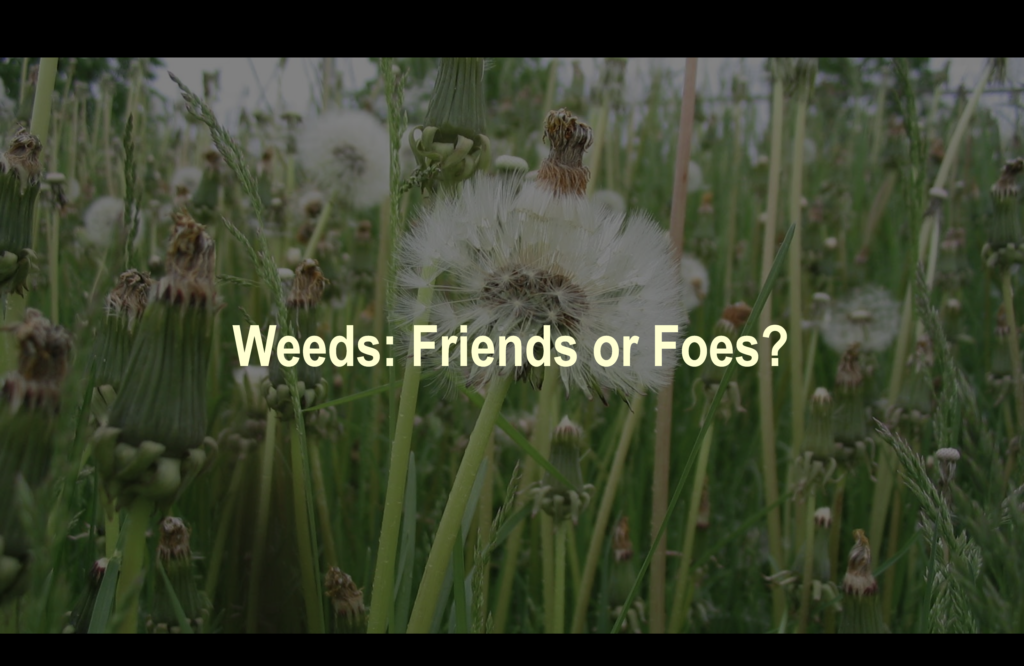This article will explain about the distinction between “good” and “bad” microbes, that makes you understand why the EM (Effective Microorganisms) is so unique.
Living oxygen-loving and oxygen-hating microbes together.
Below are based on the description from p19, “Chikyu-wo-sukuu-daihenkaku vol.1” by Higa Teruo, original JPN version for the english translated version of “An Earth Saving Revolution”
EM stands for Effective Microorganisms. What makes it unique is that it houses both oxygen-loving and oxygen-hating microbes together. This blend of more than 80 types of microorganisms from various families can coexist in one product.
Historically, experts believed different microbes would clash if mixed together. They thought it impossible for the likes of Photosynthetic bacteria (which dislikes oxygen) and Azotobacter (which loves oxygen) to coexist, much like mixing water and oil. Yet, in EM, they do. This discovery was groundbreaking.
How Do They Coexist?
1. Sharing Food:
Azotobacter consumes organic matter, reproduces, and then excretes waste. Photosynthetic bacteria thrive on this waste. The organic substances from Photosynthetic bacteria, in turn, become food for Azotobacter. This mutual food exchange enables them to coexist.
2. Creating Shared Conditions:
Azotobacter uses oxygen to multiply. If it grows too much, it uses up the oxygen, creating a favorable environment for the Photosynthetic bacteria. This reciprocal condition-making allows both to thrive.
Azotobacter uses oxygen to multiply. If it multiplies excessively, it consumes all the oxygen, creating a perfect environment for the Photosynthetic bacteria. This mutual benefit of creating favorable conditions allows both to flourish together.
Microbial Directions: Regenerative vs. Degenerative
According to Dr. Higa, the behaviors of microbes in the soil can be understood as moving in one of two overarching directions:
- Regenerative Direction: These microbes actively contribute to soil health by promoting nutrient cycles, improving soil structure, enhancing plant health, and facilitating beneficial fermentation processes. This group of microbes, which includes photosynthetic bacteria, lactic acid bacteria, yeasts, and others, convert organic materials into bioavailable forms through fermentation. They break down organic matter in a way that conserves nutrients and organic material, making them more accessible to plants. This fermentation process, led by regenerative microbes, also produces substances such as amino acids and antioxidants, which have various benefits for soil and plant health. Essentially, they are the drivers of positive, life-supporting activities in the soil.
- Degenerative Direction: In contrast, microbes moving in this direction have a deteriorating effect on soil health. They may contribute to disease, soil erosion, or nutrient depletion, and they drive the soil towards a less productive and less life-supporting state. Unlike regenerative microbes, this group does not participate in beneficial fermentation and may contribute to the putrefaction of organic matter.
Dr. Higa’s insights suggest that soil management should be aimed at promoting and supporting the activities of microbes moving in the regenerative direction, especially encouraging the beneficial fermentation processes they lead, which is integral to the concept of Effective Microorganisms (EM).
Microbial Categories: Good, Opportunistic, and Bad
Underneath these broader directions, Dr. Higa identifies specific categories of microbes, which provide more detailed classifications:
- The Good Guys: These are the beneficial or regenerative microbes. They align with the regenerative direction, actively contributing to soil health and productivity.
- The Opportunistic: These microbes are flexible; they adapt to the conditions around them and follow the lead of more dominant microbes. Depending on the circumstances, they can align with either regenerative or degenerative directions.
- The Bad Guys: These are harmful or degenerative microbes that degrade soil health. They align with the degenerative direction, driving the soil towards a less productive state.
According to Dr. Higa, a key aspect of effective soil management is to create conditions where the opportunistic microbes are encouraged to follow the good guys, thus tipping the overall microbial population towards the regenerative direction. This is where soil health can be maintained most effectively.
Though many experts in 1990’s disagreed with this idea, citing the vast number of soil microbes as a challenge, Dr. Higa’s theory holds based on another observation: the role of dominant microbes.
The Power of Dominant, or “Boss-like”, Microbes
Dr. Higa notes that in the complex world of soil microbiology, certain microbes act as leaders or trendsetters—the “boss-like” microbes. When these dominant microbes are of the beneficial, regenerative type, they can steer the opportunistic microbes towards the regenerative direction, thereby enhancing and securing the health of the soil.
For instance, in our own bodies, the health of our gut relies on good bacteria, like Bifidobacterium, maintaining dominance and keeping harmful bacteria in check. Similarly, in EM (Effective Microorganisms), these leading regenerative microbes, such as Photosynthetic bacteria, lactic acid bacteria, yeast, koji mold, and beneficial actinomycetes, are intentionally cultivated and included.
EM is a treasure trove of microbes beneficial to both humans and plants.
Author’s Note on Using EM
When using EM, if you don’t see the expected results, it might be because there’s an imbalance between good and bad bacteria. Results depend on many factors like the soil’s organic content, climate, texture, and the presence of tiny creatures. All these elements must work in harmony to boost the good bacteria and achieve natural soil balance. It can take time, sometimes 3-5 years on average, to see the benefits. The type of soil (sandy or clayey) before using EM matters too. As Professor Higa suggests, “Use EM until it works.” Once nature finds its balance, you can lessen the amount of EM and Bokashi used.
This concept fits the equation: Nature’s Law X Condition = Result. Even if you use a lot of EM or techniques like mulching, without the right conditions, you won’t get results. The balance of bacteria is a crucial part of these conditions.






